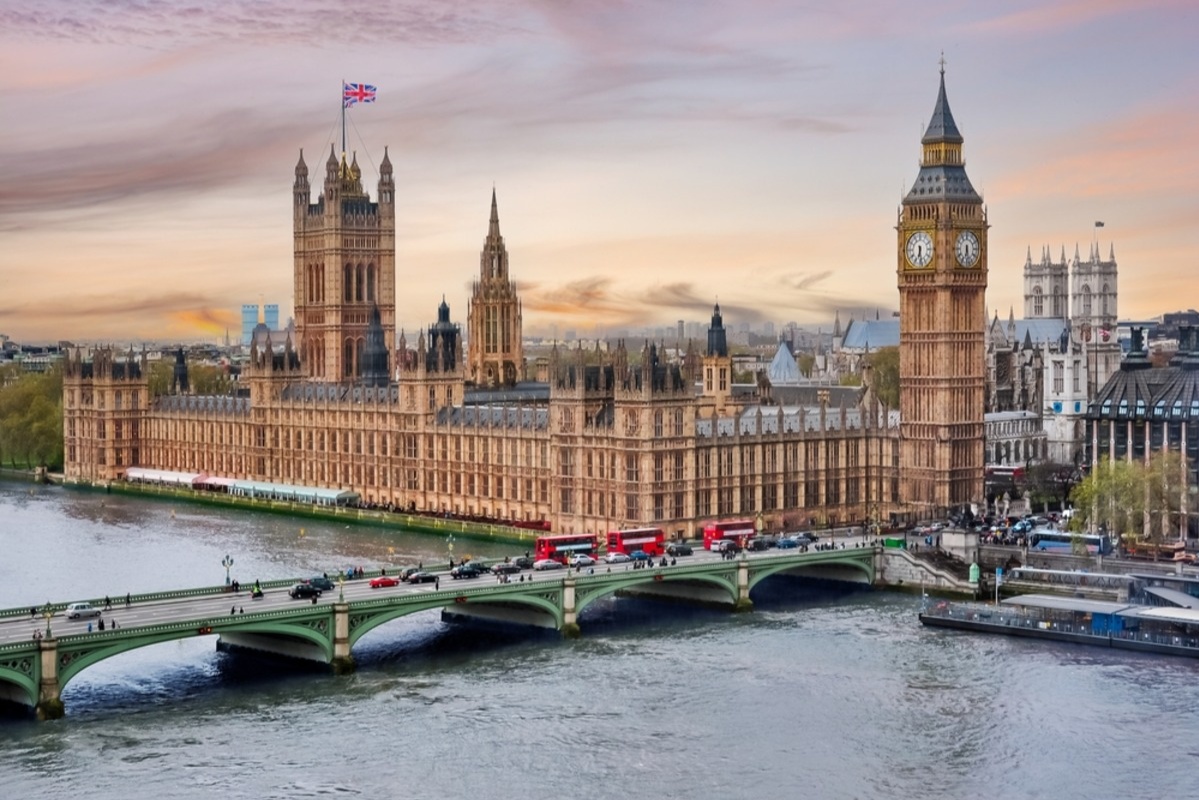The United Kingdom (U.K.)’s inflation rate came in hotter than expected in April, with a drop to 2.3 percent from the previous month’s 3.2 percent.
According to the Office for National Statistics, this decline, while significant, was less steep than the 2.1 percent that economists had anticipated.
The headline reading’s decline marked the first time inflation has been below 3 percent since July 2021, bringing it closer to the Bank of England’s 2 percent target. However, services inflation, a key measure watched by the central bank, eased only slightly to 5.9 percent from 6 percent, missing the forecast of 5.5 percent.
Core inflation, which excludes energy, food, alcohol, and tobacco, also dipped to 3.9 percent in April from 4.2 percent in March.
Impact on interest rate expectations
The slower-than-expected drop in inflation prompted traders to pull back from bets on a June interest rate cut from the British central bank. Following the release of the data, money markets slashed the probability of a June rate cut to just 15 percent, down from 50 percent earlier in the day. The likelihood of an August cut was also seen as lower, decreasing from 70 percent to 40 percent.
Ongoing challenges for the Bank of England
The persistence of core and services inflation, which reflect domestically-generated price rises, is likely to be a concern for the Bank of England. Policymakers had indicated that they would be willing to cut interest rates sometime in the summer, but stressed that the timing would depend on fresh data.
The latest inflation figures suggest that the central bank may need to maintain its hawkish stance to bring inflation fully under control, potentially delaying any interest rate cuts in the near future.
For more news on the economy, click here.




